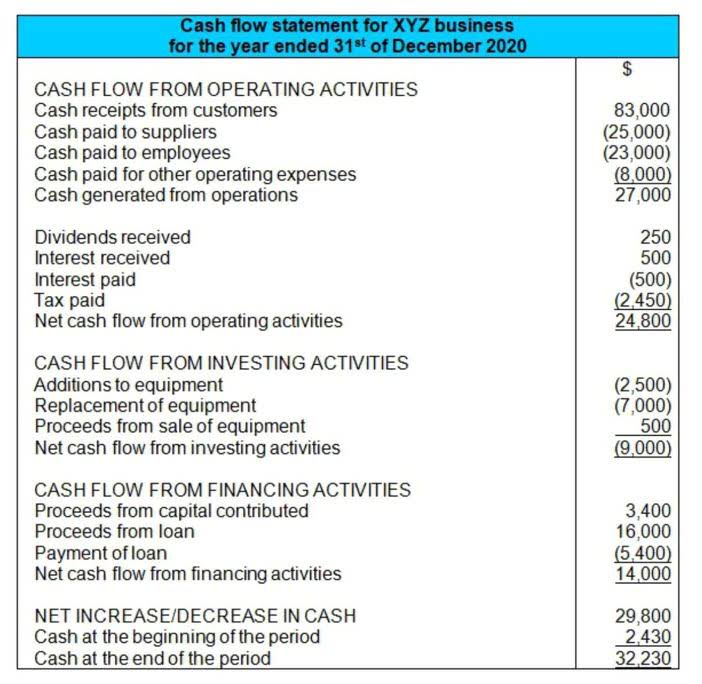- No product in the cart.

Similarly, if businesses analyze the balance sheet, they should collect the balance sheets for the same period. This allows you to compare each year’s assets, liabilities, and equity and identify changes in the company’s financial position. In horizontal analysis, the changes in specific financial statement values are expressed as a percentage and in U.S. dollars. To calculate the percentage change, first select the base year and comparison year. Subsequently, calculate the dollar change by subtracting the value in the base year from that in the comparison year and divide by the base year.
What Trends Can We See With Horizontal Analysis?
This may involve comparing actual costs to budgeted costs for materials, labor, and overhead. Horizontal analysis provides a framework for focusing attention on the KPIs that require the most immediate attention. Addressing negative trends in key KPIs can lead to significant improvements in financial performance. A slowing revenue growth rate may indicate market saturation, increased competition, or internal inefficiencies.
Financial Analysis Software

Gathering Financial InformationThe first step in performing a horizontal analysis is to collect the financial information for the accounting periods under review. To ensure consistency and comparability, make sure that you have annual or quarterly financial statements with equal intervals between each statement. For example, if you are comparing quarterly data, ensure that each quarter’s financial statement represents a three-month period ending on the same month. The cash flow statement displays the outflows and inflows of a company over which of these are the same as horizontal analysis? a specific period.
Understanding horizontal analysis

After collecting the financial data for the selected financial statements, you analyze the changes in the financial data to identify trends and patterns. You calculate the percentage change in each item on the income statement between the two years to see how the company’s financial performance has changed over time. It involves comparing financial data, such as balance sheets, income statements, and cash flow statements, for two or more periods side by side to identify trends and changes over time. One of the primary benefits of vertical analysis is its ability to highlight structural changes within a company’s financial statements.
Terms
For instance, if a company records a decrease in its sales, the analysis will show its impact on cash flows as gym bookkeeping well. To illustrate, horizontal analysis for two recent years of Apple Inc.’s statements of cash flows (in millions) is shown below. Now that we understand that the purpose of horizontal analysis is to look back over previous time periods so we can see trends in performance, we’ll look at why this is beneficial. You also observe that the company’s operating expenses have increased by 20%, which is higher than the increase in revenues. This suggests the company has been spending more on overhead costs such as rent, salaries, and utilities.

Common Size Financial Statements: Applications and Benefits

For example, if a business’s revenue increased from $500,000 in 2020 to $600,000 in 2021, this indicates a positive trend. By identifying patterns and trends in financial data using horizontal analysis, businesses can make informed decisions about their operations and investments. Horizontal analysis compares a company’s financial data over time, typically for two or more periods. By comparing data from different periods, a business can identify trends and patterns that may not be apparent when looking at data from a single period.
Difference Between Horizontal and Vertical Analysis
Horizontal analysis and vertical analysis are two methods of financial analysis used to evaluate a company’s performance. For example, suppose a business conducts horizontal analysis and finds its profit margin is lower than the industry average. In that case, it may indicate that the company needs to improve its cost management or adjust its pricing strategy to improve profitability.
Complementary Analysis Methods
- To illustrate, consider an investor who wishes to determine Company ABC’s performance over the past year before investing.
- Strong cash flow from operations enables a company to reduce its dependence on external financing.
- For example, an increase of 10% in a line item’s revenues might seem insignificant but could represent a substantial absolute increase or decrease depending on the base year and the total revenue size.
- By examining net income over multiple periods, stakeholders can assess the company’s ability to generate profit and sustain its operations.
- For example, in the income statement, we can, based on historical data and trends, make assumptions about sales growth and then forecast the sales growth rates through the forecast periods.
Conversely, less favorable readings may be isolated using this approach and investigated further. Violeta, a hygiene products company, used FP&A software to automate its financial unearned revenue analysis. With real-time dashboards, they could track costs instantly and make better decisions. Use horizontal analysis to track changes over time, like how your revenue or costs are growing.
7: Horizontal and Vertical Trend Analysis
By using this information to set financial goals and objectives, businesses can make informed decisions about future investments and expenditures and ensure long-term financial success. Gain insights into vertical and horizontal analysis for a comprehensive financial statement review and enhance your forecasting and modeling skills. Another limitation is that even minor absolute changes sometimes manifest as significant percentage adjustments in accounts with initially low balances.

